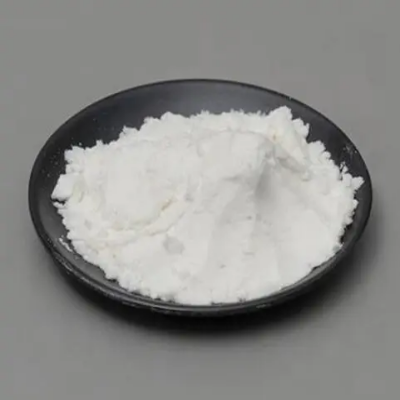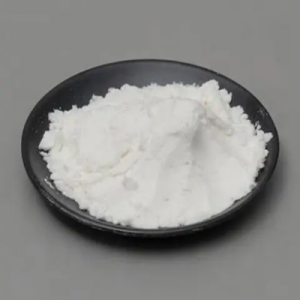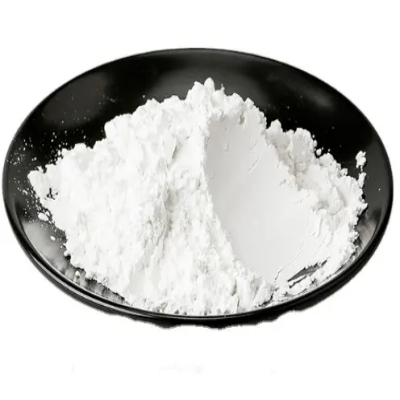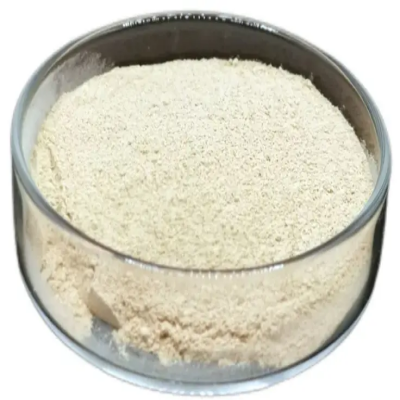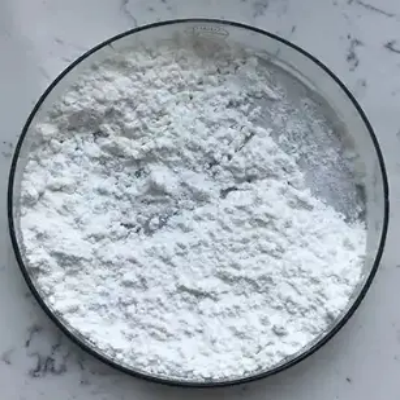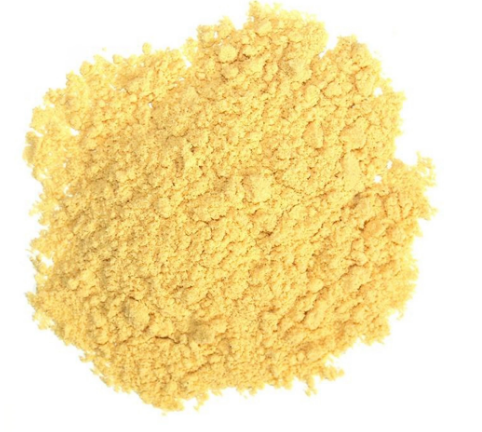5-(2-Fluorophenyl)-1H-pyrrole-3-carbaldehyde CAS:881674-56-2
5-(2-Fluorophenyl)-1H-pyrrole-3-carbaldehyde is synthesized through organic reactions involving commercially available starting materials. The synthesis typically begins with the cyclization of appropriate precursors to form the pyrrole ring system, followed by selective introduction of the 2-fluorophenyl and aldehyde groups. Control over reaction conditions is critical to achieve high yield and purity of the final product, ensuring its suitability for further investigation and applications. Synthetic Routes The synthesis of 5-(2-Fluorophenyl)-1H-pyrrole-3-carbaldehyde begins with the formation of the pyrrole ring through cyclization reactions under controlled conditions to achieve regioselectivity. Subsequent steps involve the functionalization of the pyrrole core with a 2-fluorophenyl group and introduction of the aldehyde functionality, which requires specific reagents and reaction conditions to avoid side reactions and maximize yield. Chemical Properties and Reactivity 5-(2-Fluorophenyl)-1H-pyrrole-3-carbaldehyde exhibits distinct chemical properties attributed to its molecular structure. The presence of the pyrrole ring and the 2-fluorophenyl group confers aromaticity and potential for π-electron interactions, while the aldehyde group introduces unique reactivity, enabling its use in various organic transformations and potential interactions within biological systems. Biological and Pharmacological Significance The compound shows potential biological activities that could be explored for pharmaceutical applications. Its structure suggests roles as a scaffold for designing molecules targeting specific biological receptors or enzymes, potentially useful in drug discovery and development. Understanding its interactions with biomolecules is crucial for assessing its therapeutic potential and optimizing its pharmacological properties. Applications in Medicinal Chemistry 5-(2-Fluorophenyl)-1H-pyrrole-3-carbaldehyde serves as a valuable intermediate in medicinal chemistry for synthesizing analogs with tailored properties. Modifications around the pyrrole, fluorophenyl, and aldehyde groups can influence factors such as solubility, stability, and biological activity, essential for optimizing drug candidates. Its versatility makes it suitable for designing compounds aimed at treating various diseases with enhanced efficacy and reduced side effects. Conclusion 5-(2-Fluorophenyl)-1H-pyrrole-3-carbaldehyde represents a significant compound in the realms of medicinal chemistry and organic synthesis due to its unique molecular structure and potential biological activities. Its synthesis pathway and chemical properties provide a foundation for further research into pharmaceutical applications, highlighting its role in advancing drug discovery efforts. Ongoing exploration of its reactivity and interactions with biological systems promises to expand its potential uses, underscoring its relevance in scientific and therapeutic innovations.



| Composition | C11H8FNO |
| Assay | 99% |
| Appearance | white powder |
| CAS No. | 881674-56-2 |
| Packing | Small and bulk |
| Shelf Life | 2 years |
| Storage | Store in cool and dry area |
| Certification | ISO. |


